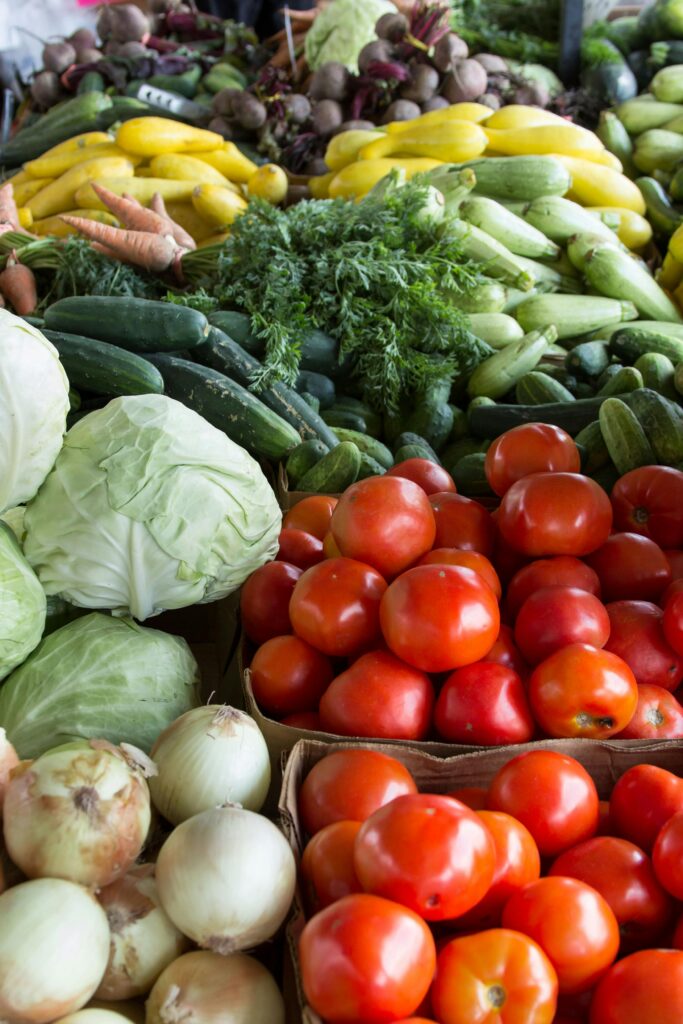
Sowing Sustainability: A Guide to Vegetable Gardening
Greetings, fellow earth stewards and vegetable aficionados! Today, we embark on a journey towards sustainable living and nourishment for the whole family. As an avid gardener and advocate for sustainable food systems, I’m excited to share with you the joys and benefits of vegetable gardening.
In a world where the origin of our food is often shrouded in mystery and the environmental impact of industrial agriculture looms large, cultivating our own vegetables offers a beacon of hope and empowerment. Not only does it provide us with fresh, nutritious produce, but it also fosters a deeper connection to the earth and the food on our plates.
Let’s begin with the basics: planning and preparation. Before diving into the soil, take the time to assess your space and resources. Consider factors such as sunlight exposure, soil quality, and available space for gardening beds or containers. Sketch out a rough plan of your garden, keeping in mind the dietary preferences and culinary aspirations of your family members.
Next, let’s talk soil health. Healthy soil is the foundation of a thriving garden, so it’s essential to nourish it with organic matter and beneficial microbes. Invest in composting to recycle kitchen scraps and yard waste, enriching your soil with nutrients and improving its structure. Consider implementing techniques such as crop rotation and companion planting to maintain soil fertility and deter pests naturally.
Now, let’s turn our attention to plant selection. When choosing which vegetables to grow, prioritize varieties that are well-suited to your climate and growing conditions. Think about the tastes and preferences of your family members, opting for a diverse array of crops to satisfy everyone’s palate. Don’t forget to include staples like tomatoes, peppers, and lettuce, as well as more adventurous options like kale, eggplant, and Swiss chard.
As you sow your seeds and tend to your plants, embrace the principles of sustainable gardening. Conserve water by utilizing techniques such as drip irrigation and mulching to reduce evaporation. Minimize synthetic inputs such as chemical fertilizers and pesticides, opting instead for organic alternatives or natural pest control methods. Embrace biodiversity by creating habitats for beneficial insects and pollinators, fostering a balanced ecosystem in your garden.
As your vegetables flourish and mature, revel in the bounty of your harvest. Involve your family in the process, from planting seeds to harvesting ripe produce and preparing delicious meals together. Encourage curiosity and experimentation in the kitchen, exploring new recipes and flavors inspired by your garden’s offerings.
Finally, let’s reflect on the broader impact of our actions. By embracing vegetable gardening and sustainable food practices, we not only nourish our bodies but also contribute to a more resilient and regenerative food system. We reduce our carbon footprint, mitigate food waste, and cultivate a deeper sense of connection to the natural world and each other.
In conclusion, vegetable gardening for a family is not just a hobby; it’s a revolutionary act of sustainability and self-sufficiency. So roll up your sleeves, dig in the dirt, and let’s sow the seeds of a greener, healthier future together. Happy gardening! For an additional guide check out Self-Sufficient Backyard.
